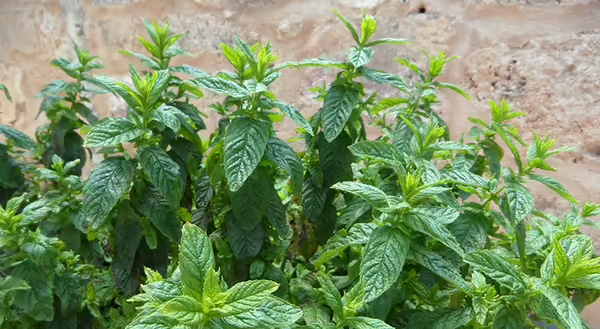
Aggressive and invasive are terms commonly used by gardeners to describe those garden perennials that tend to overtake their intended areas. It all starts with good intentions. Usually, a garden friend who wants to share a division of a plant they have an abundance of or a gorgeous plant at the garden center whose label fails to note its aggressive growth habit.
The invasive nature of plants is relative. For some, invasive refers to any plant that spreads. To others, it may be a plant that not only spreads but also is quite vigorous and difficult to control. For some gardeners, space and time are ample and wandering perennials are of no concern, but for many like myself, there is not enough time or energy available to keep these perennials in check, and they may simply need to be avoided.
The reason these aggressive plants can be difficult to manage in a garden bed is because, in most cases, they are prolific reproducers. Whether that is by roots, seeds, rhizomes, stolons, or some other reproductive structure, they have evolved to survive and spread by any means necessary. Underground reproductive systems like rhizomes can make removal especially difficult, as pieces of the rhizomes tend to remain behind, leaving a new clump of growth in its wake. Seeds are another story, with a single plant being able to produce hundreds of thousands of seeds in one season. Imagine trying to get that seed from your seed bank.
Some examples include Bee Balm (Monarda didyma), a wonderfully beautiful and fragrant pollinator plant with roots that tend to wander. Lily of the valley (Covallaria majalis) is a gorgeous spring flowering groundcover that can easily fill a landscape bed. Purple loosestrife (Lythrum salicaria) is a lovely wildflower with the potential to colonize wet areas, eventually destroying them and the wetland wildlife habitats. While beautiful in most cases, their spread may not be worth their benefit.
Strategies to keep these plants in your garden
Cultivate, dig, and divide
One of the easiest ways to control aggressive perennials that spread by roots or other underground systems is to frequently divide it. In early spring, note the size of the planting and reduce it by at least 1/3 to ½. For perennials spreading by seeds, frequent cultivation to eliminate the germinating seedlings is helpful. Consider as well, cutting the flower heads before seeds are allowed to mature later in the season.
Bury the pot
Take a hint from a fellow herb gardener who grows aggressive herbs like mint. Remove the bottom or drill holes in the bottom of an inexpensive plastic pot and bury the pot with your invasive plant inside, sinking it so that the rim of the pot is level with the ground. The sides of the buried pot can slow down the spread of plants underground.
Create a border
Some of the less aggressive rhizome-producing plants, like hardy geraniums, could simply be slowed down by creating a border around the plant. Using inexpensive plastic landscape edging or something more decorative like brick.
Spray the foliage
Herbicides may also be a tactic used to control these perennials, such as those that are systemic when sprayed on the plant, like glyphosate. Even these may need several applications to provide control. Consider painting the herbicide on the leaves when desired perennials surround the plant that you do not want damage to. Always follow the recommended rate and application method on the product label.